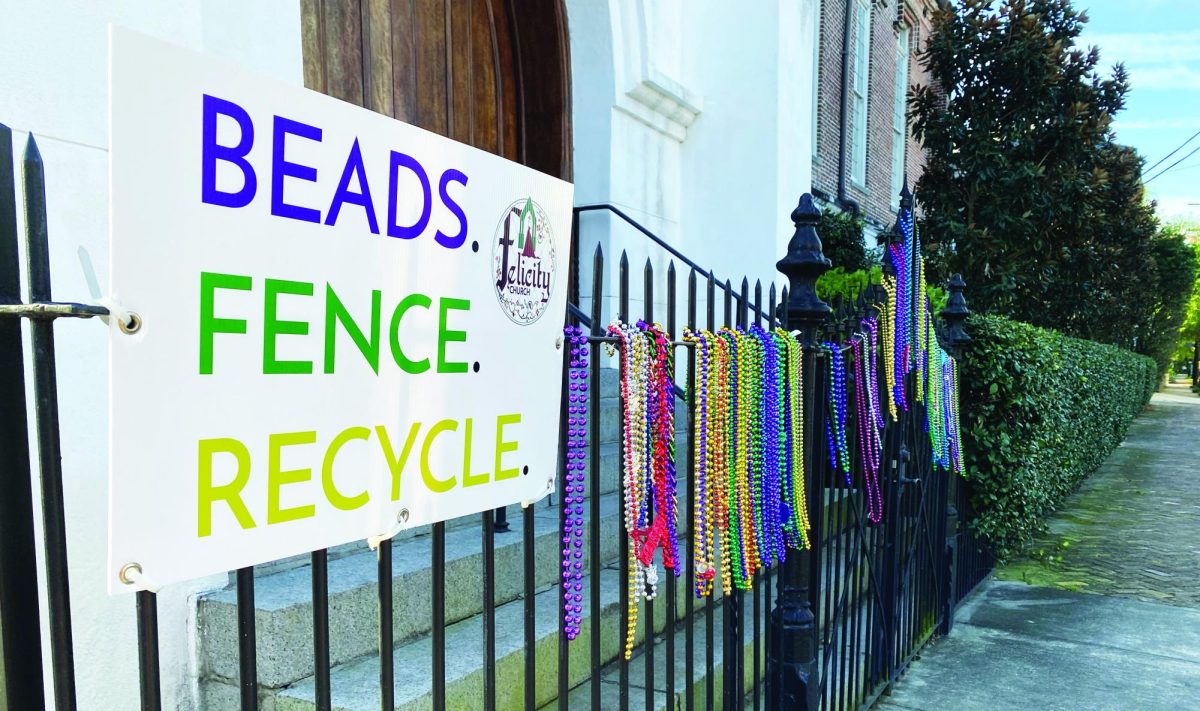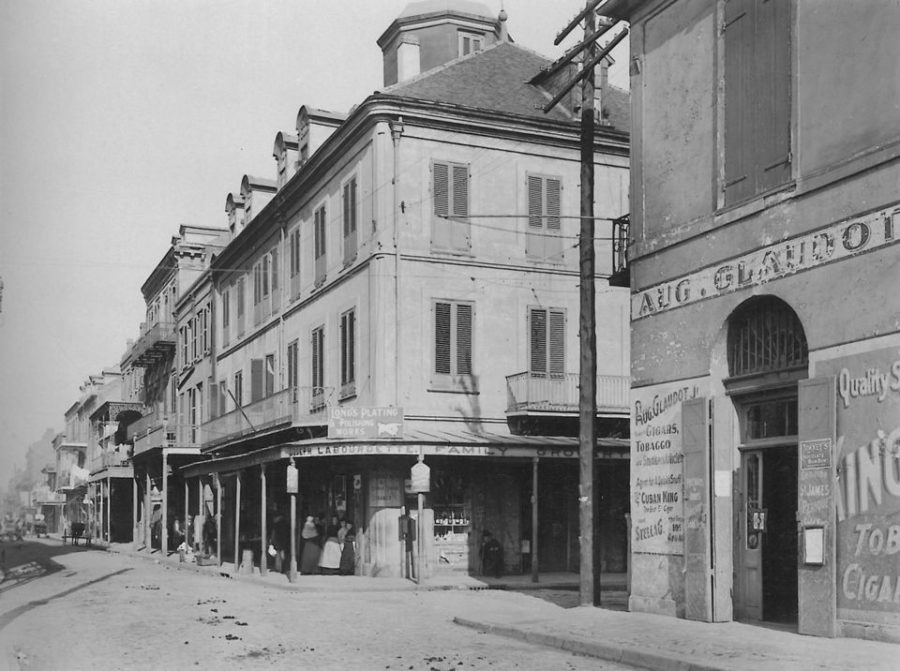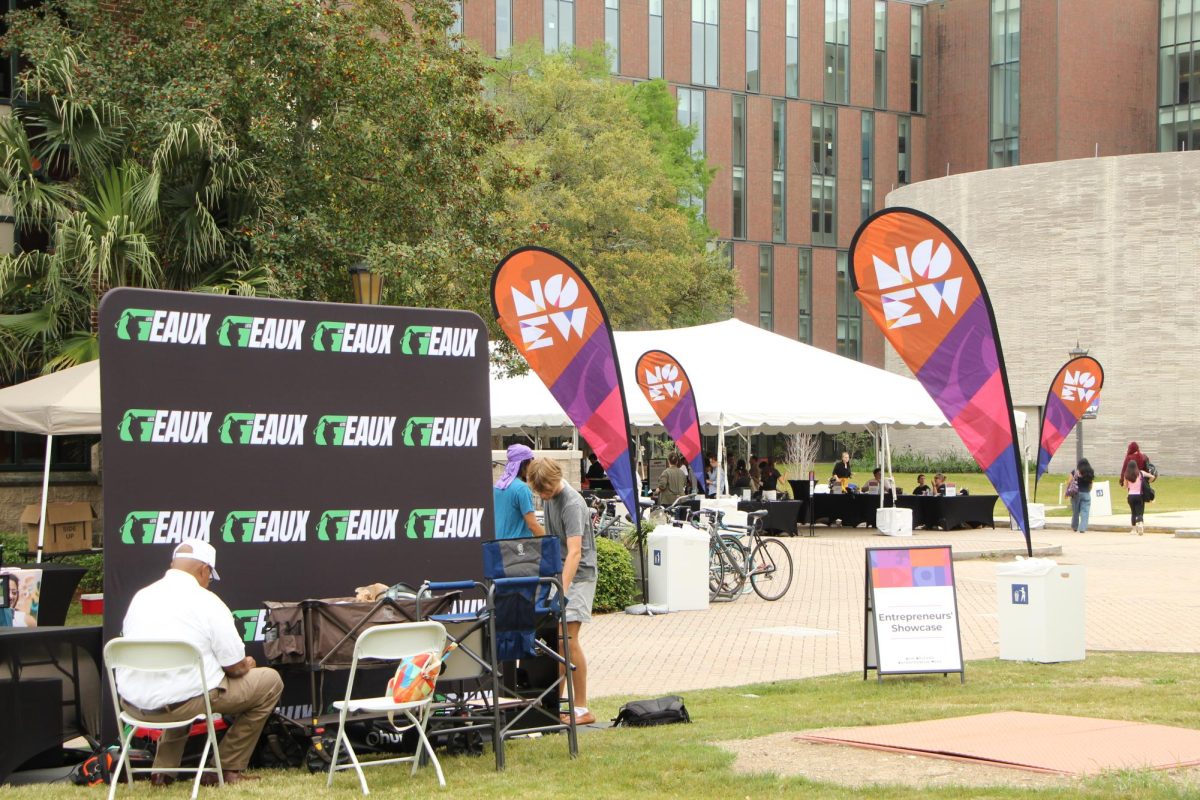The amount of waste that Mardi Gras accumulates each year is absurd. Empty water bottles, broken plastic beads, and unwanted parade throws flood the pot-hole filled streets of New Orleans. Parade-goers leave their all trash behind and wait for garbage trucks to scoop it up. The trash gets sent to landfills and everyone continues on with their Mardi Gras celebrations, not thinking twice about their impact on New Orleans and its environment. Society as a whole needs to move towards sustainability efforts and stop embracing litter culture during Mardi Gras.
There is one huge sustainability issue during Mardi Gras: plastic beads.
Everyone loves to catch beads from their favorite parade, saving only the good beads and leaving the plain ones behind. That’s what Mardi Gras is all about. But what about all the beads that get shoved into the drains along the streets of New Orleans? A majority of the beads are made from plastic that can’t naturally break down, so imagine what it is doing to New Orleans infrastructure.
Everyone knows that New Orleans doesn’t have the best infrastructure to begin with. If it isn’t a busted pipe, the street is flooding from poor drainage. There is always a problem because of the outdated infrastructure in New Orleans. The drains can’t handle heavy rain, much less tens of thousands of plastic beads being shoved down them. Gutter buddies are being placed in certain locations to stop beads from going down the drain, but they aren’t located at every drain in the city.
Bead recycling has become a popular effort amongst organizations like Recycle Dat, and krewes are joining and buying recycled beads and throws. If more krewes joined and bought recycled beads, it would lessen the overproduction of plastic beads that are distributed on the streets. This is an excellent way to push towards a more sustainable carnival season. An even better switch would be towards biodegradable beads, but this is a longshot.
Not only does there have to be a change by Mardi Gras krewes, but there has to be change on an individual level. People have to want to join the efforts and make a difference, but it’s so hard when litter culture is so normalized during Mardi Gras. When it’s any other time of the year and you see someone litter, it is very distasteful. During Mardi Gras, generally, no one bats an eye at someone littering.
During Mardi Gras, it can sometimes be hard to find a trash can, and people definitely don’t want to leave their spot to throw away some trash. The city of New Orleans needs to start putting out more trash cans and recycling bins to encourage people to throw their trash away, not leave it on the streets. It seems like a small action, but it would definitely help out the waste problem.
There are so many other sustainability issues that come with Mardi Gras that people don’t really address. Many people see Mardi Gras as a time to party and have fun, but their impact on New Orleans during Mardi Gras is not worth it.



















